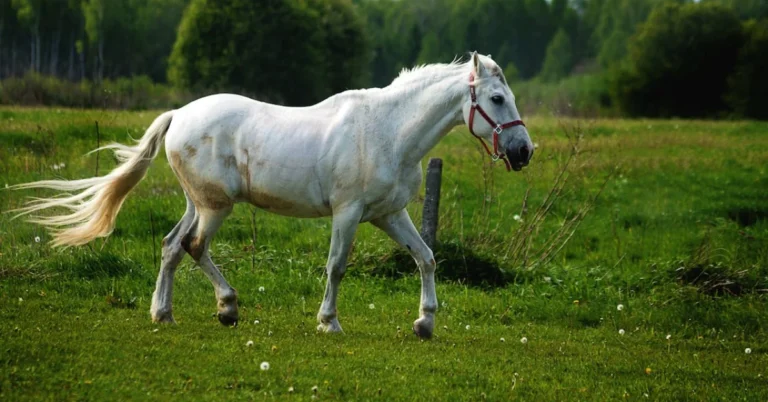An Exploration of Equine Speed and Athletic Prowess
The extraordinary agility and speed exhibited by some fastest horses breeds have always captivated people. These amazing creatures have been carefully bred for performance throughout history to produce specialized breeds with amazing speed. But what makes a horse fast? What physiological and biological factors allow some breeds to smash speed records across various distances? And ultimately, what’s the fastest horse in the world?
This article will discuss the science underlying horse speed, identify the characteristics that make some breeds exceptionally fast, and name the current winners in a variety of race categories. From the lean, long-limbed Thoroughbred’s sustained speed over 12 furlongs to the American Quarter Horse’s explosive power over a quarter mile, join us on a tour of the world’s fastest horses.
What Factors Make a Horse Fast?

The distance traveled over time is the simplest definition of speed. A horse must therefore be able to cover a significant amount of ground with each stride over a predetermined amount of time to reach a high pace. However, the physiological and biomechanical components contributing to equine velocity are multifaceted. Let’s break down the key attributes:
Stride Length and Frequency
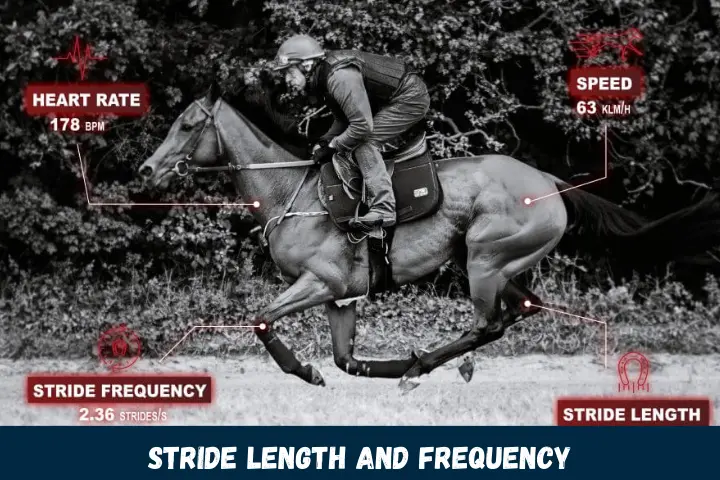
A horse’s speed is primarily dictated by two factors – stride length and stride frequency. Stride length refers to the distance covered with each gallop cycle, measured from where the hoof touches down through lift-off. Stride frequency indicates rate – how quickly the legs complete each cycle. To achieve a fast speed, a horse must enhance and optimize both.
Conformation
A horse’s conformation, or physical proportions, significantly impacts stride mechanics. Long, well-angulated limbs provide enhanced shock absorption and propulsion through explosive muscle contraction. A lean body, deep chest, and powerful hindquarters also facilitate optimal biomechanics for speed.
Cardiopulmonary Efficiency
The cardiovascular and respiratory systems must effectively deliver oxygenated blood to hard-working muscles. Fast Thoroughbreds and Arabians possess enormous hearts and sets of lungs relative to their body size, circulating immense quantities of oxygen. Their strength and stamina allow sustained exertion
Musculoskeletal Strength

Equine speed requires substantial strength to propel the body forward, particularly in hindlimb muscles. Fast-twitch muscle fibers generate immense power, while tendons store elastic strain energy to enhance efficiency. Sturdy bones, joints, ligaments, and hooves are also crucial.
Mental Drive

A speedy horse must also possess an intrinsic motivation to run, the competitive edge to drive themselves forward with gusto. High energy levels and mental soundness are integral aspects that separate athletic champions from average performers.
Now that we understand the multifactorial components of speed, let’s explore some of the swiftest horse breeds around the globe, analyzing how their physical and mental attributes contribute to performance.
Thoroughbreds: The Epitome of Sustained Speed
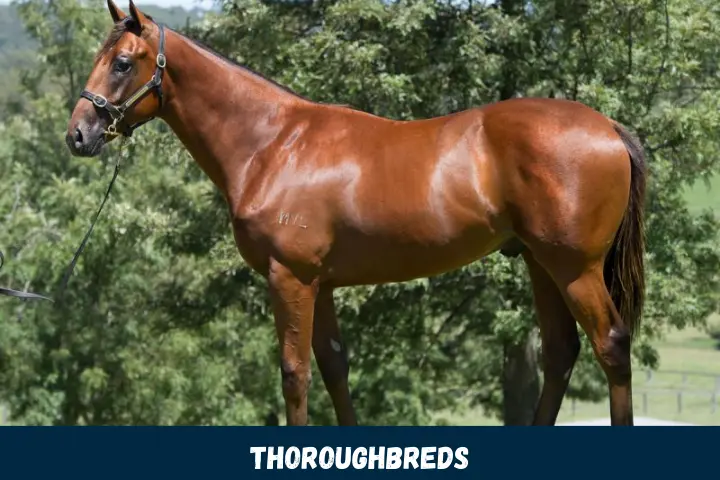
If we consider sustained speed over intermediate and long distances, one specialist breed stands alone – the Thoroughbred. When we ponder what’s the fastest horse in the world over durations ranging from 1 to 2 miles, the Thoroughbred remains undisputed.
Purposefully bred for racing since the 17th and 18th centuries, the Thoroughbred combines the speed and agility of the Arabian with the size and bone structure of larger English mares. Their ideal conformation manifests in a lean, athletic frame with long limbs to enhance their prodigious stride length. Their extraordinarily deep chest provides ample room for massive lungs and heart to circulate oxygen. Muscle fibers packed with mitochondria deliver energy efficiently to power their relentless pace.
Mentally, the Thoroughbred innately desires to run, possessing a relentless competitive edge. Adrenaline fuels their competitive desire to surge past the front runners and be the first to glimpse the finish line.
Secretariat: The Greatest Thoroughbred of All Time

Without honoring the legendary Secretariat, no discussion about the world’s fastest horses is complete. This copper-colored colt remains the greatest Thoroughbred to ever grace the track, smashing records in the 1973 Kentucky Derby, Preakness, and Belmont that stand undefeated to this day. His otherworldly Belmont victory conquered in 2:24 minutes – a blinding 37 mph pace – etched his name into racing immortality. What made Big Red’s sustained speed so phenomenal? His enormous heart pumped twice the blood of average Thoroughbreds, delivering incredible stamina through supreme cardio-efficiency. Combined with his lengthy stride swallowing 24 feet with each cycle, he simply outpaced rivals over the long haul.
While Secretariat reigns as the fastest individual Thoroughbred, exceptional modern champions like Curlin and Gun Runner continue their legacy today by dominating intermediate distances. Among all horses in history over miles at a time, Secretariat still holds the crown over half a century later as the fastest horse in the world.
Quarter Horses: The Sprinters of the Equine World
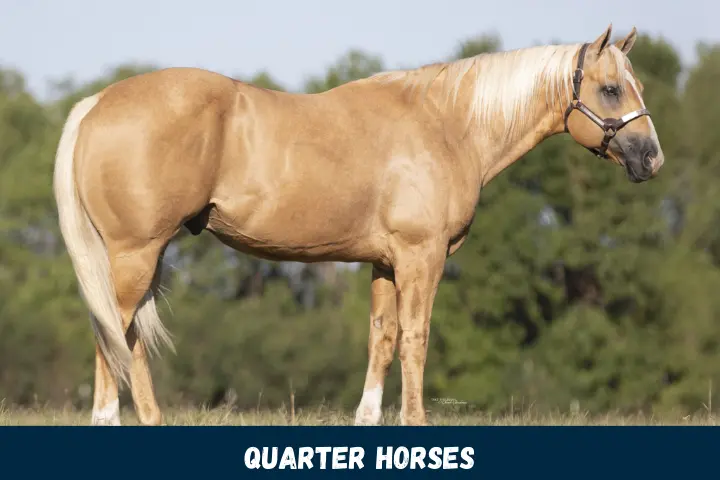
While the Thoroughbred claims sustained speed, the American Quarter Horse dominates the short track. For explosive bursts of acceleration over distances less than a mile, no other modern breed can match their lightning velocity.
The Quarter Horse excels at quarter-mile races, hence their name, reaching up to 55 mph at elite levels. They blast out of the gates and remain in overdrive down the straightaway, completing a 440-yard dash before their competition transitions from first to second gear.
Their conformation underlies these rapid reflexes. Compact muscular bodies allow efficient, lactic-acid buffering fast twitch fibers to predominate their hindquarters. Shorter limbs create a quicker stride cycle able to turnover at impossible frequencies for sustained periods. Their ultimate asset lies in their exceptional responsiveness – a finely tuned neural system links stimuli to muscle activation in milliseconds.
At the pinnacle of Quarter Horse speed sits the legendary mare Sweet Kiss. She rocketed across a straight 440 yards in just 21.43 seconds, clocking almost 43 mph. Her record has remained unbeaten since 1983, establishing her as the fastest horse in the world at the quarter-mile distance.
Arabians: Stamina and Speed United
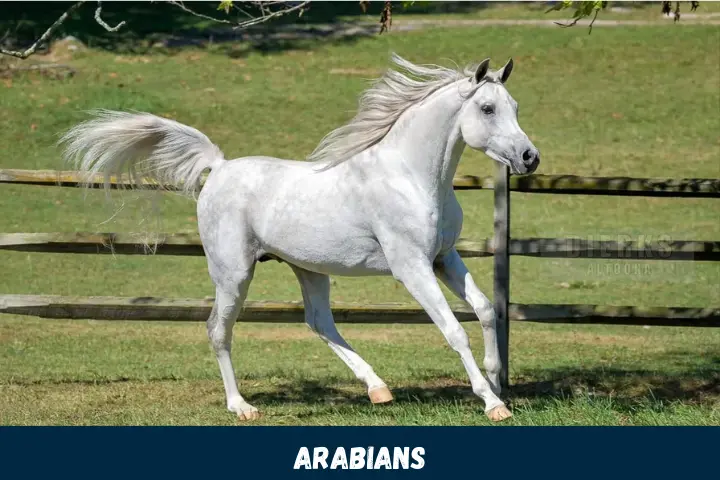
The Arabian may not be the first breed that comes to mind when we consider velocity. However, behind their refined beauty lies athletic prowess equally adapted to endurance and short bursts of speed.
The origins of this noble breed trace to the deserts of the Middle East, sculpted by the unforgiving environment into athletic functionality. Their streamlined heads, flared nostrils, dense bone, and broad clean joints provided physical resilience. Larger lungs and windpipes were coupled with generous blood supply to allow trotting vast distances at speed in search of scarce water and forage. Their physical gifts were complemented by mental fortitude and courage to persevere.
Today’s Arabians retain this ancient athleticism. In endurance racing over 50 – 100 miles, they remain unmatched, able to maintain 15+ mph paces under immense metabolic demands. They are also surprisingly swift over short tracks from a standstill start. The current Guinness world record for the fastest single mile by a horse is held by a little Arabian mare named Winona. She covered the mile in just 1 minute, and 14 seconds, averaging 67 mph!
While Arabians may not claim the crown of the fastest horse overall, their versatile blend of speed and stamina is profoundly impressive.
Key Takeaways – What’s the Fastest Horse in the World?
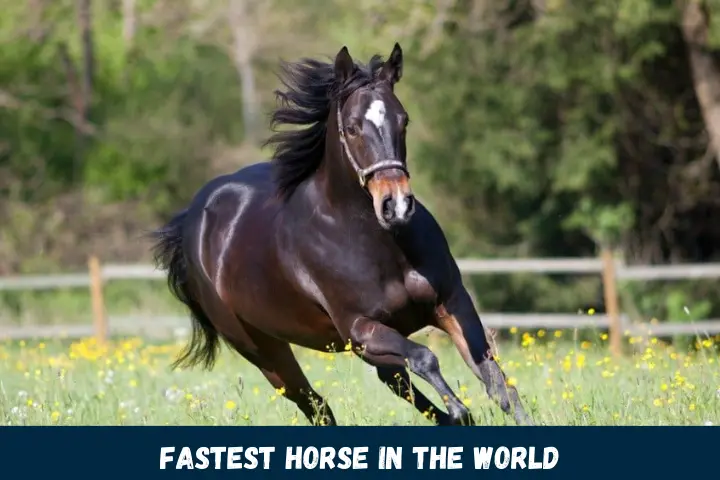
After reviewing some of the swiftest steeds across various distances, let’s summarize the key champions of equine speed:
Overextended races of 1⁄2 – 2 mile distances, the legendary Secretariat remains the gold standard, having shattered intermediate records over 50 years ago that no rival has yet eclipsed.
For all-out sprints up to a quarter-mile, the Quarter Horse mare Sweet Kiss still holds the crown nearly 40 years on, having rocketed across the straight in just over 21 seconds at over 42 mph.
In terms of versatility, combining turn-of-foot acceleration with endurance capacity, the Arabian remains unmatched. They can unleash impressive bursts but also maintain moderate paces of 15+ mph for 100 miles.
While these three exceptional breeds stand atop the podium, the true answer to the world’s fastest horse lies in the training and technology amplifying their natural talents. Just as human speed limits keep getting redefined, existing equine barriers may continue to fall given factors like track surfaces, conditioning methods, nutrition, and even controversial gene-editing continue advancing. But for now, Secretariat, Sweet Kiss, and her fellow Arabians endure as legends embodying the outer limits of speed currently achieved to date amongst all horses on earth. Their athletic feats will likely withstand challenges for decades to come as the gold standards of equine athletic prowess across multiple distances.
The Thoroughbred: Born and Bred for Speed
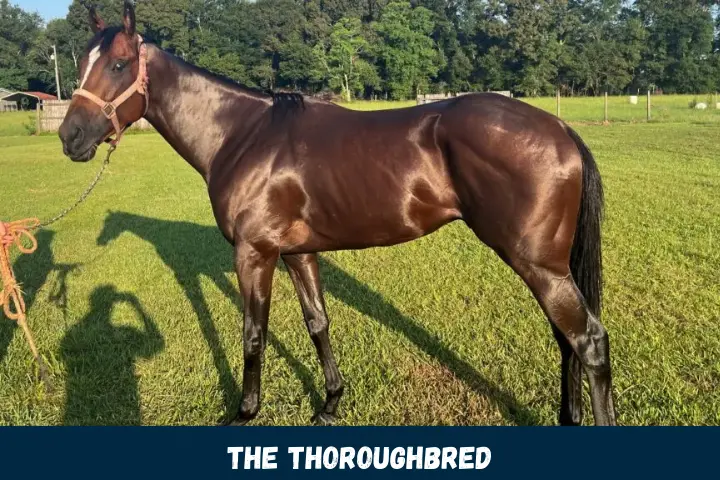
Humans have selectively bred horses for speed, strength, stamina, and athletic prowess since ancient history. This specialized breeding gave rise to what is undoubtedly the world’s premier racing breed – the Thoroughbred. Over distances from 2 furlongs up to 12 furlongs (1/4 mile to 1 1/2 miles), no other modern breed can match their swiftness and spirit.
Origins: Blending Arabian Speed and English Strength
The Thoroughbred traces back to a fortuitous cross between Arabian stallions and English native mares in the late 1600s/early 1700s. Breeders aimed to create an athletic horse that blended the Arabian’s swiftness and stamina with the bone and muscle mass of heavier English breeds. The offspring exceeded expectations, displaying phenomenal speed coupled with the durability to run long distances. As the breed solidified over subsequent generations, the Thoroughbred was established.
By the mid-1700s, the first formal Thoroughbred stud book emerged, followed by the inception of elite races like the English Classic series. Horses were now bred exclusively for competition, cementing speed, and stamina as the ultimate breeding objectives that endure today.
Conformation: Anatomy of a Speed Machine
The ideal Thoroughbred conformation creates the consummate middle-distance racer. Their lean frames minimize unnecessary bulk while maximizing room for immense lungs and a massive heart to support their prodigious oxygen needs. Long, well-angled limbs provide a lengthy stride, while muscular hindquarters generate propulsion.
Even the psychology of this breed drives their competitive edge. The Thoroughbred is wired to run, possessing an innate mental drive and fiery temperament. At top speeds exceeding 40 mph, only supreme athletes possessing structural durability, cardio-vascular capacity, neuromuscular coordination, and mental soundness can prevail. This perfect marriage of form-matching function is why the Thoroughbred dominates the racetrack worldwide.
Secretariat: The Greatest Thoroughbred in History
Every article about Thoroughbreds is complete with honoring the legendary Big Red. Secretariat transcended athletics, embedding his ashes at the finish line of racing glory. He set records in all three Triple Crown races in 1973 that remain completely untouched today, an unbelievable achievement unlikely to ever occur again.
At the Belmont Stakes, his performance entered the realm of sporting mythology. Cruising to a 31-length victory in near silence, his otherworldly time of 2:24 for 1.5 miles took down the stakes record by a staggering 2.5 seconds. Inspiring awe in hardened racetrack veterans and fans alike, Secretariat exemplified equine perfection in motion.
The Fastest Horse Breeds in the World
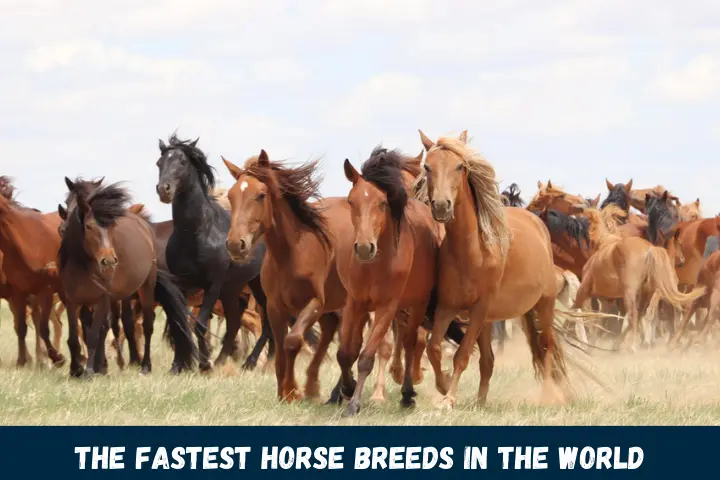
While the brilliant Secretariat remains the greatest Thoroughbred in history, many remarkable breeds contribute their talents to the realm of equine speed. Let’s explore other swift steeds from around the world.
The Quarter Horse: Dominating Short Sprints

Bred as the ultimate cowboy’s horse in the American West, the Quarter Horse packs dense muscle and explosive speed into a compact frame. They triumph in short quarter-mile races from a standstill start, clocking a lightning pace before other breeds have time to fully accelerate.
At 220 – 870 yards, Quarter Horses reach velocities exceeding 55 mph at elite levels. Specialized fast-twitch hind limb muscles rapidly transition to anaerobic exertion, powered by enzymes that buffer lactic acid buildup. Their quick-firing nerves activate the powerful limbs with exceptional reflexes.
The American Quarter Horse remains globally popular both as a ranch workhorse and a racing specialist. Over short distances requiring rapid acceleration, they continue to dominate all rivals.
Arabians: Ancient Stamina and Speed
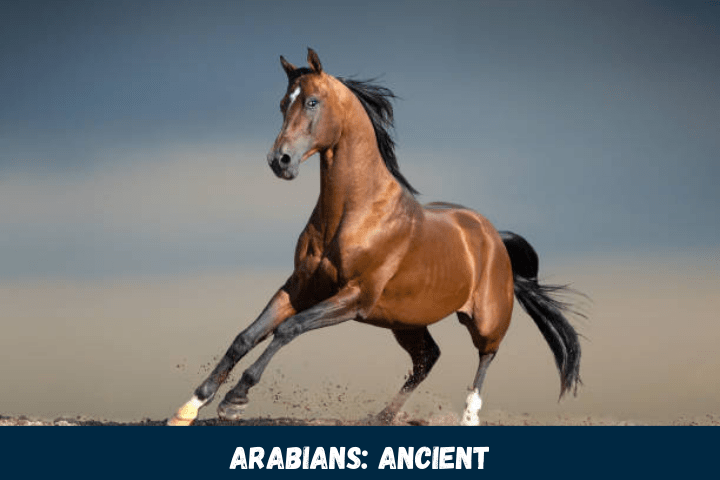
The Arabian laid the genetic foundation for the Thoroughbred through early Oriental influence. But they also remain successful competitors today. Though smaller in stature than many Western breeds, they possess durable dense bones, concave faces that enhance air intake, and large lungs and heart – gifts from their desert origins.
This ancient breed not only sustains brisk ~25 mph paces over 100-mile endurance races, but they can also unleash impressive bursts of speed over shorter tracks. An Arabian mare fittingly named Winona holds the Guinness Record for the fastest single mile at just over 67 mph!
The incredible versatility of the Arabian breed to prevail across both endurance and short sprint events is unparalleled. Their athleticism continues to inspire breeders and competitors worldwide.
The Akhal-Teke: Silk and Steel
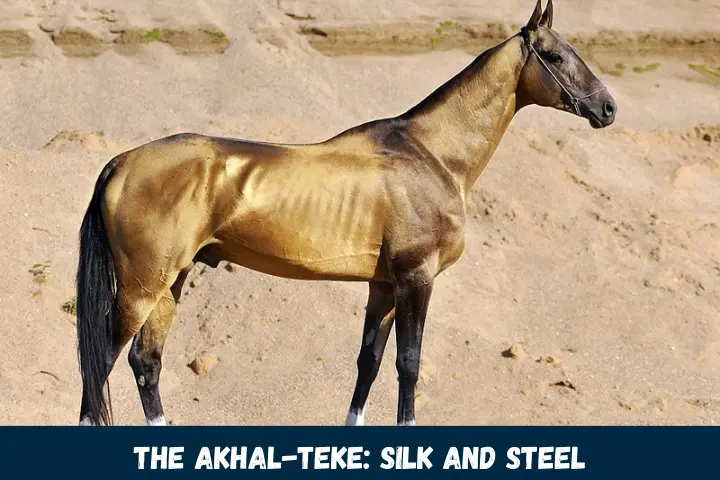
Hailing from Turkmenistan, the golden Akhal-Teke is named after the Teke tribe and Akhal oasis where they were honed by nomads. Formed by their harsh homeland, they are renowned for endurance, agility, and speed with a natural aptitude for racing.
Their shimmering metallic coats beautifully cloak a robust physique. Long legs and a slender profile aid their ample stride length and lithe athleticism that serves them equally well over distance or short bursts.
Although not as prominent globally as the Thoroughbred or Arabian racing industries, the Akhal-Teke continues to perform well at the upper tiers of competition. Their natural talent, evocative form, and storied history cement their reputation among the world’s fastest horse breeds.
Final Thoughts
While the horses themselves provide innate athletic potential, achieving the summit of racing glory also requires diligent training, strategic breeding decisions, excellent nutrition, and nurturing strong minds under pressure. We delve into these essential pillars next that transform talent into triumph.


